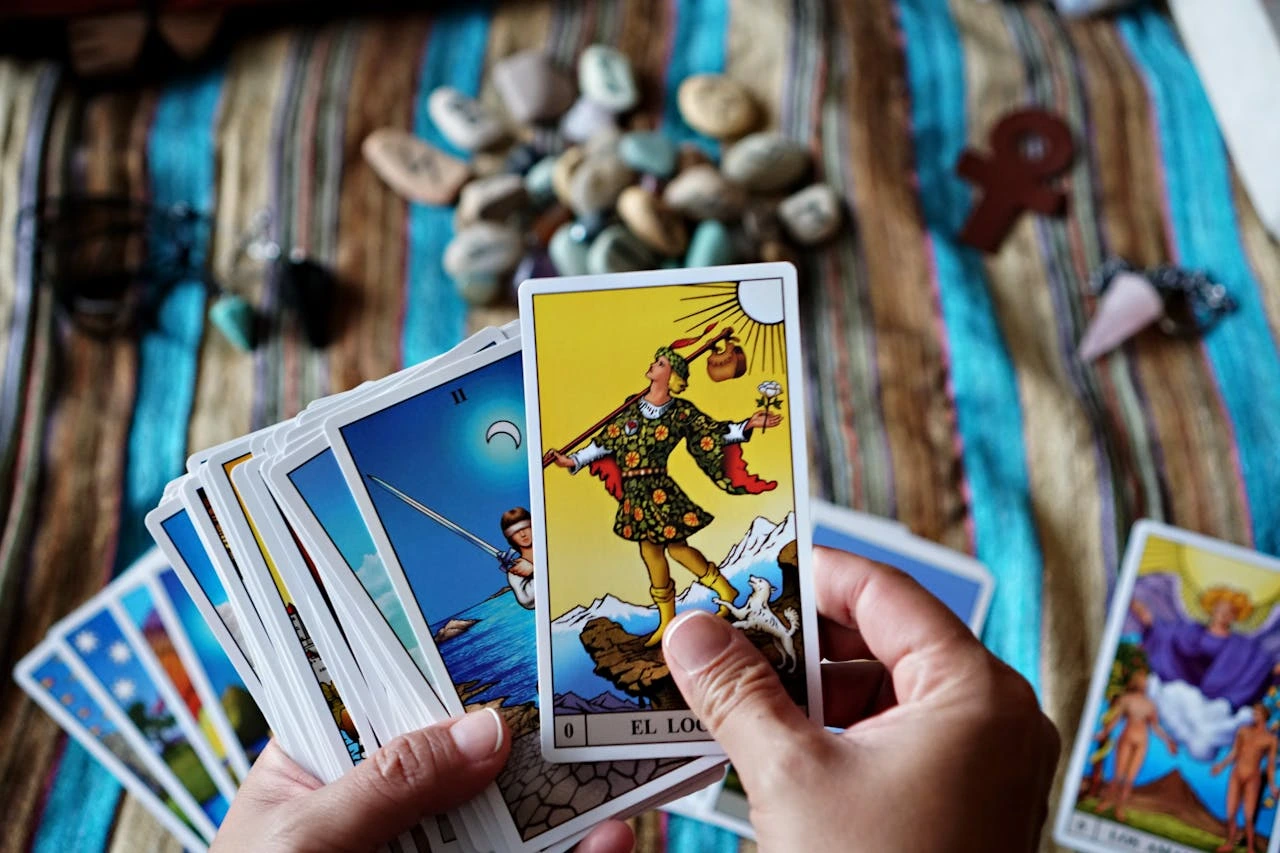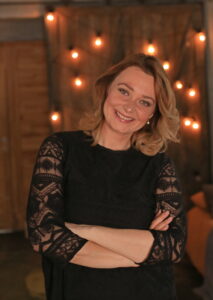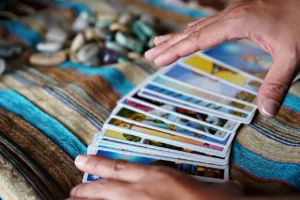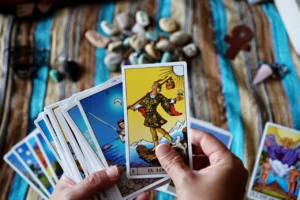A Beginner’s Guide to Tarot Card Decks
Stepping into the world of tarot card decks can feel like entering a mystical library — each deck with its own language, energy, and story. If you’re new to tarot or curious about its origins and purpose, you might want to start by reading What Is Tarot and How Does It Work? — a great introduction before choosing your first deck.
Whether you prefer to use tarot for self-reflection, spiritual insight, or intuitive exploration, this guide will help you navigate the process with clarity and confidence.
Why Your First Tarot Deck Matters
Your first deck is more than just a set of cards—it’s your gateway into the practice. Therefore, for tarot beginners, choosing a deck that resonates with you both visually and emotionally can significantly make learning smoother and more intuitive.
What Makes Cards a Tarot Deck?
Before diving in, it’s important to make sure you’re choosing a tarot card deck — not an oracle or Lenormand deck. Unlike these other types, a traditional tarot deck contains exactly 78 cards, which are divided into two main sections: the Major Arcana (22 cards) and the Minor Arcana (56 cards). Understanding this structure is essential because it forms the foundation for learning card meanings and spreads. Therefore, becoming familiar with these components early on will make your tarot journey much smoother and more intuitive.
How to Choose Your First Tarot Deck
Here are some tips to help you find the perfect match:
1. Start with a Traditional System
- The Rider-Waite-Smith deck is widely recommended for beginners due to its clear imagery and abundant learning resources.
- Other beginner-friendly options include the Modern Witch Tarot, Radiant Rider-Waite, and Everyday Tarot Deck.
2. Connect with the Artwork
- Look for a deck whose imagery speaks to you. The colors, symbols, and style should feel intuitive and inspiring.
- Ask yourself: Can I interpret the story in each card without reading the guidebook?
3. Consider the Card Quality
- Choose a deck that feels good in your hands — easy to shuffle, durable, and the right size for your comfort.
4. Check the Guidebook
- A well-written guidebook can be a lifeline for beginners. Look for one that explains both traditional meanings and intuitive interpretations.
5. Trust Your Intuition
- If you can not decide between two decks, go with the one you’re most drawn to. Your connection matters more than popularity.
Final Thoughts
Choosing your first tarot deck is a personal and empowering experience. Whether you prefer bold symbolism or gentle illustrations, the right deck will feel like a trustwirthy companion on your journey. Above all, remember that tarot for beginners is all about exploration — so let your intuition lead the way.






